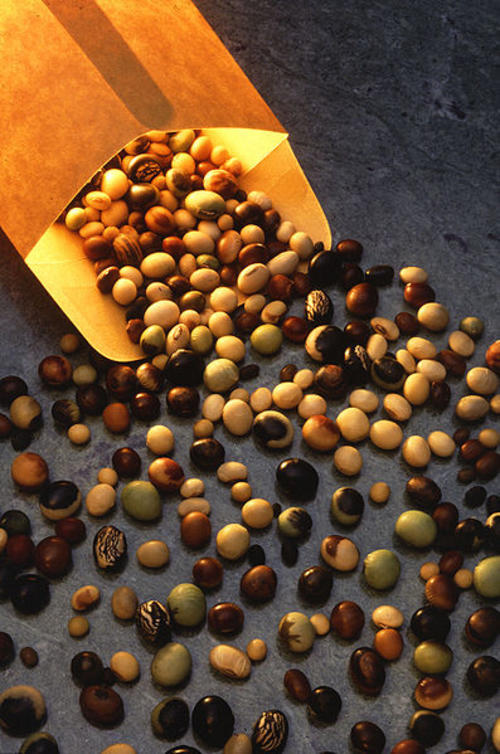The Truth About Fibre - Good Health and Eating Habits Go Hand in Hand
It’s not only your kitchen floor that needs sweeping and mopping, your innards do, too! For keeping your digestive system clean, healthy and trouble free, you need fibre, the ‘wonder broom’ in food!
Types of fibre
Fibre is the stringy stuff that gives plants their structure. Unlike other components of food, it remains virtually intact as it traverses the digestive tract. Food contains two types of fibre, insoluble and soluble. Nuts, wheat bran, raw and green, leafy vegetables contain insoluble fibre. This sort of fibre is rough and thick and does not dissolve in water. It ‘sweeps’ through the digestive system, carrying along undigested matter to the large intestine.
Certain fruits, barley, beans and oats contain water soluble fibre which turns into a gel-like material in your stomach. It allows the digestive system to slow down the absorption of sugar in your blood.
Composition of Fibre
Fibre is made up of a bundle of chemically bonded sugar molecules that the body has difficulty in breaking down. One school of thought has it that fibre is calorie-free. The truth is that bacteria in the large intestine turn soluble fibre into short-chain fatty acids and these have a few calories (1 gm fibre = 13 kilojoules.).
Fibre for Losing Weight
Research shows that fibre rich diets help people to lose weight. How? Fibrous foods make you chew longer, slowing down the absorption of nutrients in your stomach. The time lag tricks you into feeling fuller! Some fibres may trigger CCK, an appetite-suppressing hormone.
Health Benefits of Fibre
The digestive tract is lined with muscles that push food from one organ to another during digestion, till it is excreted. Insoluble fibre, which remains undigested, acts as roughage while soluble fibre absorbs water like a sponge and bulks up food. Together, they enable waste matter to pass easily into the large intestine and out of the body.
Studies have shown that foods rich in fibre, such as soybeans, baked beans and oat bran can lower blood cholesterol by binding bile acids and flushing them out.
Fibre helps diabetics by slowing down the process of glucose absorption. This decreases the chances of an insulin surge .
Eating less fibre can cause problems like constipation, haemorrhoids, diverticulitis, irritable bowel syndrome, coronary heart disease and colon cancer.
How Much Fibre?
Include at least 25 g or more of fibre in your daily diet. Munch on raw veggies, add nuts to your cereal and crunch an apple. Other fibre loaded wonders are bananas, papayas, spinach, beans, figs and prunes. Ditch that burger and go for a whole wheat sub stuffed with veggies! Replace dietary villains like polished rice with brown rice.
Caution!
If you haven’t been eating enough fibre, introduce fibre-rich foods into your diet gradually.
Make sure you drink plenty of water and fluids along with fibrous foods.
With doctors and dieticians spreading the good word about fibre, many food companies are cashing in on its new found glamour. For instance, polydextrose (glucose+sorbitol+citric acid), added to breakfast cereals imitates the attributes of “natural” fibre by bulking up food (thereby reducing its calorie count). However, there is no research to confirm that these add-ons confer the same benefits as the real thing!